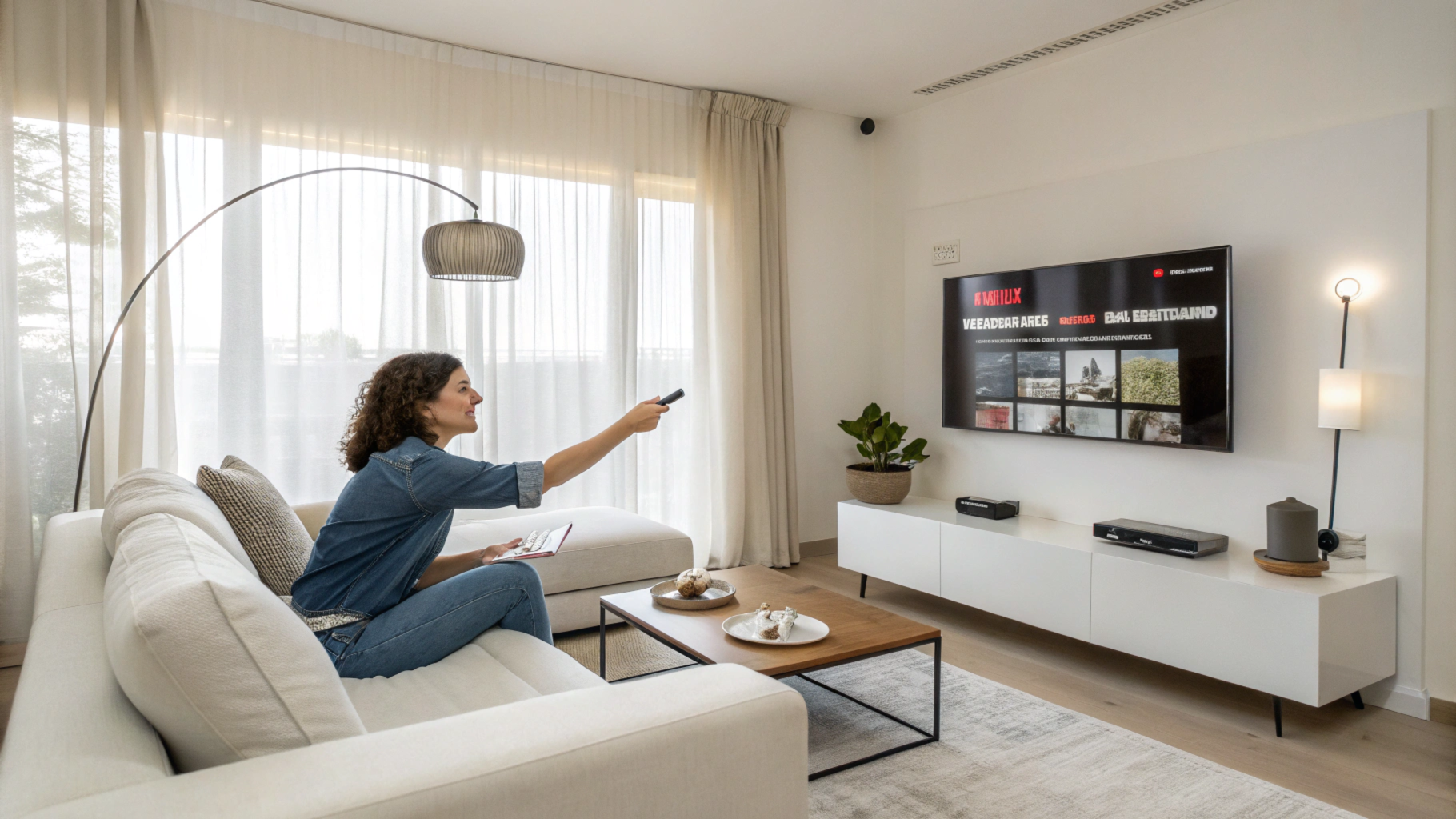The benefits of using Chatbots and how to optimize their performance in UX Design.
In today’s digital age, chatbots have become an indispensable tool for businesses of all sizes. But what exactly is a chatbot? A chatbot is a software program that uses artificial intelligence (AI) to simulate a human conversation. These virtual assistants can interact with users through text or voice, offering quick and personalized responses to their queries. They not only improve user experience (UX) and usability, but also offer a series of tangible benefits that can lead your digital platform to success. In this article, we will explore the benefits of using chatbots and provide practical strategies to optimize them.
Why Should You Use Chatbots?
1. Improve User Experience (UX)
A well-designed chatbot can offer quick and accurate responses, significantly improving UX. According to a survey by Drift, 64% of users consider 24/7 availability to be the best feature of a chatbot.
2. Increase Operational Efficiency
Chatbots can handle multiple queries simultaneously, reducing the workload of the customer service team. Companies like H&M have reported a 30% reduction in response time thanks to chatbots.
3. Personalization
Personalization is key to good UX. Chatbots can collect data on users’ preferences and offer personalized recommendations, increasing customer satisfaction. According to a report by Epsilon, 80% of consumers are more likely to make a purchase when brands offer personalized experiences.
4. Cost Reduction
Implementing a chatbot can be more economical than hiring additional staff. IBM estimates that chatbots can reduce customer service costs by up to 30%.
5. Improve Conversion Rate
Chatbots can guide users through the purchase process, answering questions and removing obstacles, which can result in a higher conversion rate.
How to Optimize Your Chatbot to Improve UX
1. Define Clear Objectives
Before developing your chatbot, it is crucial to define what problems you want to solve. This will help you design a chatbot that truly adds value to your users.
2. Use Natural Language
The chatbot should be able to understand and respond in natural language. Tools like NLP (Natural Language Processing) can help improve interaction.
3. Incorporate Keywords Strategically
To improve visibility in search engines, make sure to incorporate keywords like “UX”, “usability”, “user experience”, “web design”, “digital platform”, “success”, “optimization”, and “strategy” in your chatbot dialogues.
4. Conduct User Testing
Conduct tests with real users to identify areas for improvement. According to Nielsen Norman Group, user testing can reveal up to 85% of usability problems.
5. Continuously Update and Improve
The work does not end once the chatbot is up and running. Analyze performance and make continuous adjustments to improve its effectiveness. Use metrics such as user satisfaction rate and resolution time to measure success.
Chatbots are a powerful tool for improving user experience and operational efficiency. However, it is crucial to optimize them properly to maximize their benefits. Implement these tips and watch your digital platform achieve success.
Contact us today for a free consultation and discover how we can help you optimize the UX of your digital platform with chatbots!
Remember: Optimizing a chatbot is a continuous process. Stay updated with the latest trends and adjust your strategy accordingly.
I hope you found this article useful! If you have any questions or need more information, do not hesitate to contact us.




